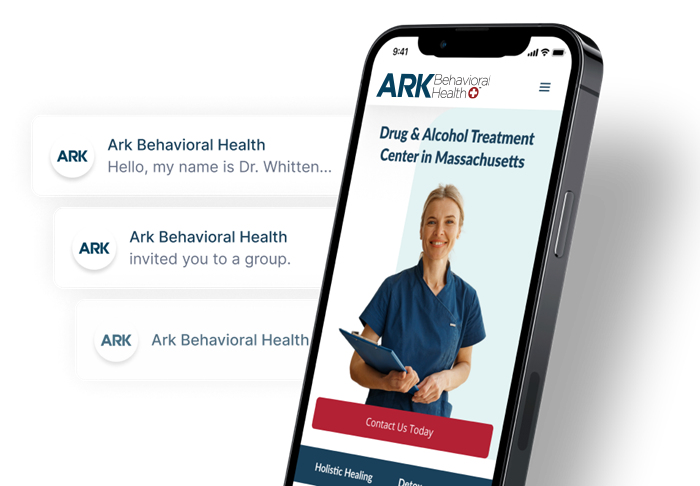Amphetamine Vs. Methamphetamine | What’s The Difference Between Adderall & Meth?

Amphetamine is legally sold as Adderall, a central nervous system stimulant that can treat attention deficit hyperactivity disorder (ADHD) or narcolepsy, a sleep disorder.
Methamphetamine (or meth) has similar effects as amphetamine but is generally stronger. It is legally available as the prescription drug Desoxyn and treats obesity as well as ADHD symptoms. However, meth is also a powerful illegal drug.
Adderall Vs. Meth: Similarities
Adderall and meth both affect the central nervous system. Both are thought to affect neurotransmitters in the brain (such as dopamine, noradrenaline, and serotonin) that control movement, attention, and motor functions.
Side Effects
Adderall and meth affect the same parts of the brain. The effects of meth and the effects of Adderall are often similar, especially at lower doses.
Common side effects of both drugs include:
- dry mouth
- increased blood pressure and heart rate
- increased alertness and wakefulness
- weight loss (after prolonged use)
Controlled Substances
Amphetamine and meth are both Schedule II controlled substances. They are habit-forming and have a high potential for substance abuse, which can lead to dependence, drug addiction, and eventual withdrawal.
Adderall and meth share several withdrawal symptoms, including:
- depression
- anxiety
- fatigue
- sleeping problems
Both drugs can also be deadly when mixed with alcohol.
Adderall Vs. Meth: Differences
While Adderall and meth are similar, they have several key differences.
Strength Of Adderall Vs. Strength Of Meth
Even in low doses, meth is a stronger substance than amphetamine, and is more likely to cause many severe or permanent long-term effects. The effects of Adderall tend to last longer than the effects of methamphetamine, which can lead one to take more doses of meth over a period of time.
One well-known effect of meth is “meth mouth,” where the teeth and gums decay until they have to be removed. Psychosis, which can affect your mental health and lead to paranoia, hallucinations, and delusions, can also be caused by meth.
While these health issues have also been reported by Adderall users on some occasions, they are usually less likely because Adderall is a weaker drug.
Reasons For Use & Abuse
Adderall and methamphetamine can both treat ADHD, but they are often used for different reasons.
Adderall is commonly abused by students looking to improve their concentration or performance. It is known as an “ivy league drug” or “smart pill” when abused this way.
Methamphetamine can treat obesity in the short-term, while Adderall cannot. However, meth is commonly abused by people looking for a general “rush” or “high.” It can be abused to feel more awake, increase productivity, or simply for fun.
The strength of methamphetamine can cause more intense rushes or highs than Adderall, but can also lead to more severe health effects.
Dosage & Regulation
Adderall comes in many forms. It is available in doses between 5 mg to 30 mg, and has immediate-release and extended-release pills. While Adderall abuse is an issue, it still sees widespread use for its intended purpose of treating ADHD.
Desoxyn is the only legal form of meth in the United States. However, illicit meth distribution and use comes in many forms.
Meth powder and crystal meth are two powerful, illegal forms of meth, and doses can vary from dealer to dealer. Illicit meth use can increase the chances of overdose and other side effects.
Treatment Options For Stimulant Addiction
Currently, no medications are approved to treat amphetamine or methamphetamine addiction.
Both substances are habit-forming stimulants that can cause unpleasant withdrawal symptoms. A supervised drug detox may be needed to withdraw from either Adderall or meth safely, where your symptoms are monitored and managed.
Extended inpatient stays at a treatment center may also help you recover in a safe environment.
If you or a loved one struggles with stimulant addiction, please contact us to learn more about our treatment programs.
Written by Ark Behavioral Health Editorial Team
©2024 Ark National Holdings, LLC. | All Rights Reserved.
This page does not provide medical advice.
National Institute on Drug Abuse - Commonly Used Drugs Charts | National Institute on Drug Abuse (NIDA)
National Institute on Drug Abuse - Methamphetamine DrugFacts | National Institute on Drug Abuse (NIDA)
National Institutes of Health - Prescription stimulants in individuals with and without attention deficit hyperactivity disorder: misuse, cognitive impact, and adverse effects
U.S. National Library of Medicine - Amphetamine | C9H13N - PubChem
U.S. National Library of Medicine - Methamphetamine | C10H15N - PubChem
U.S. National Library of Medicine - Dextroamphetamine and Amphetamine

Questions About Treatment?
Ark Behavioral Health offers 100% confidential substance abuse assessment and treatment placement tailored to your individual needs. Achieve long-term recovery.
100% confidential. We respect your privacy.
Prefer Texting?
Our friendly support team is here to chat 24/7. Opt out any time.







 Learn More
Learn More








